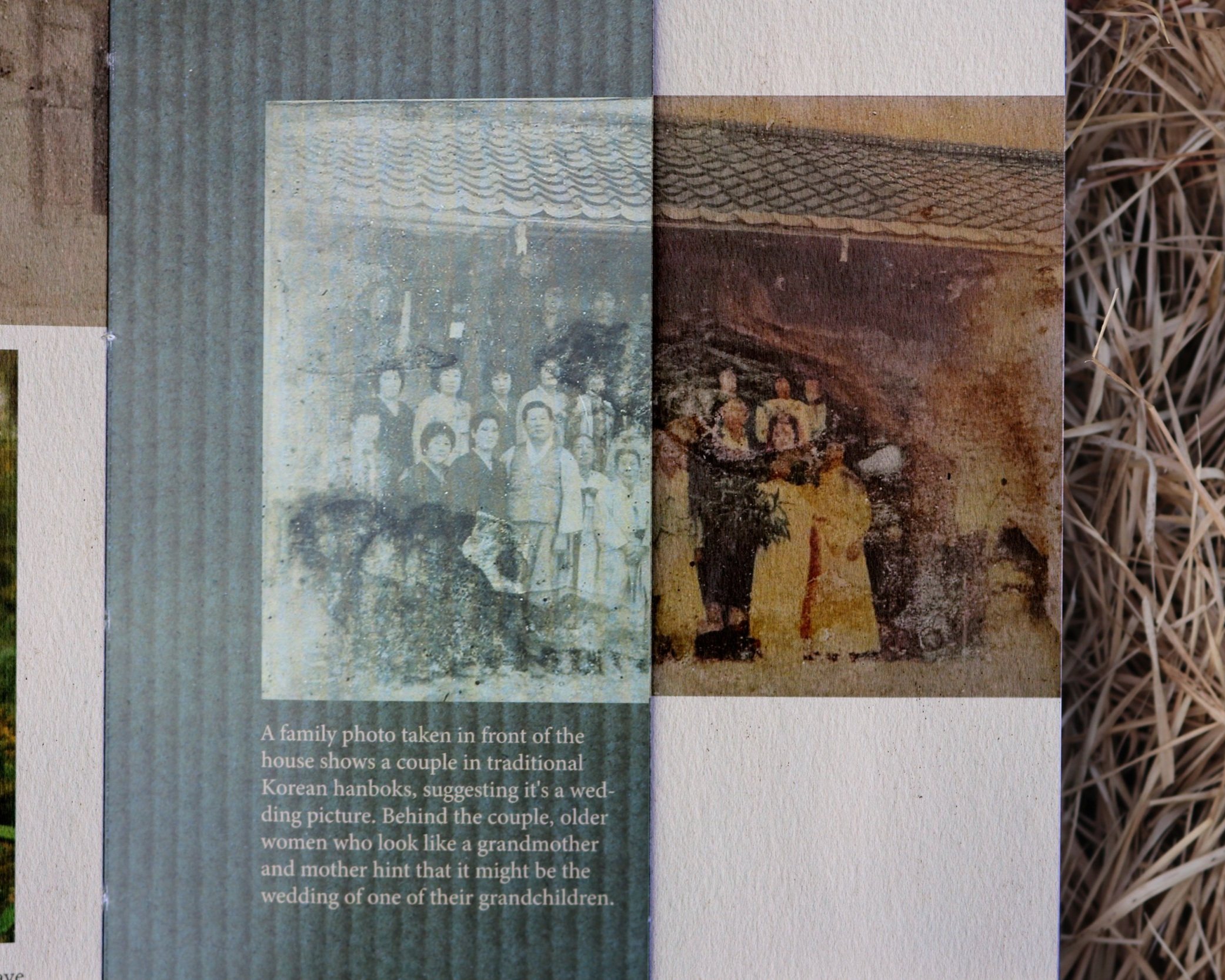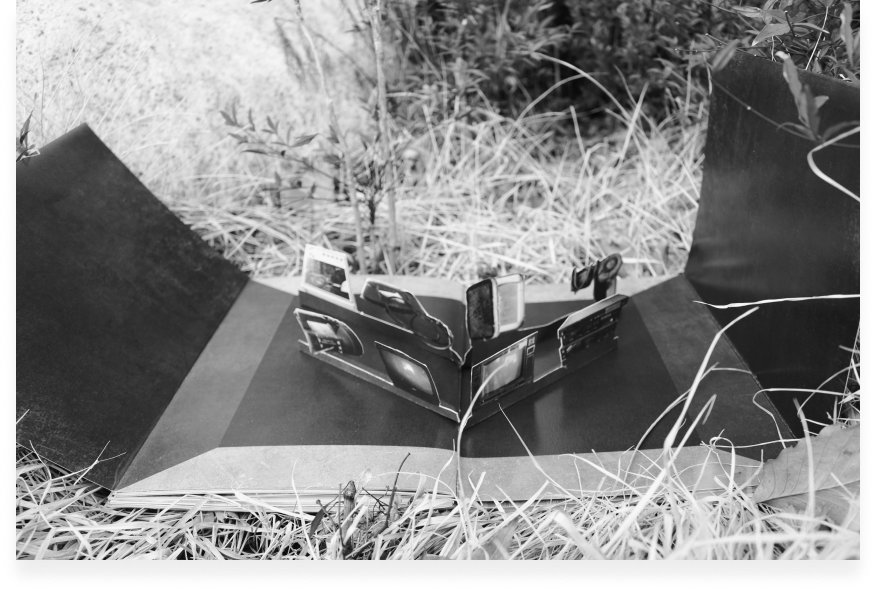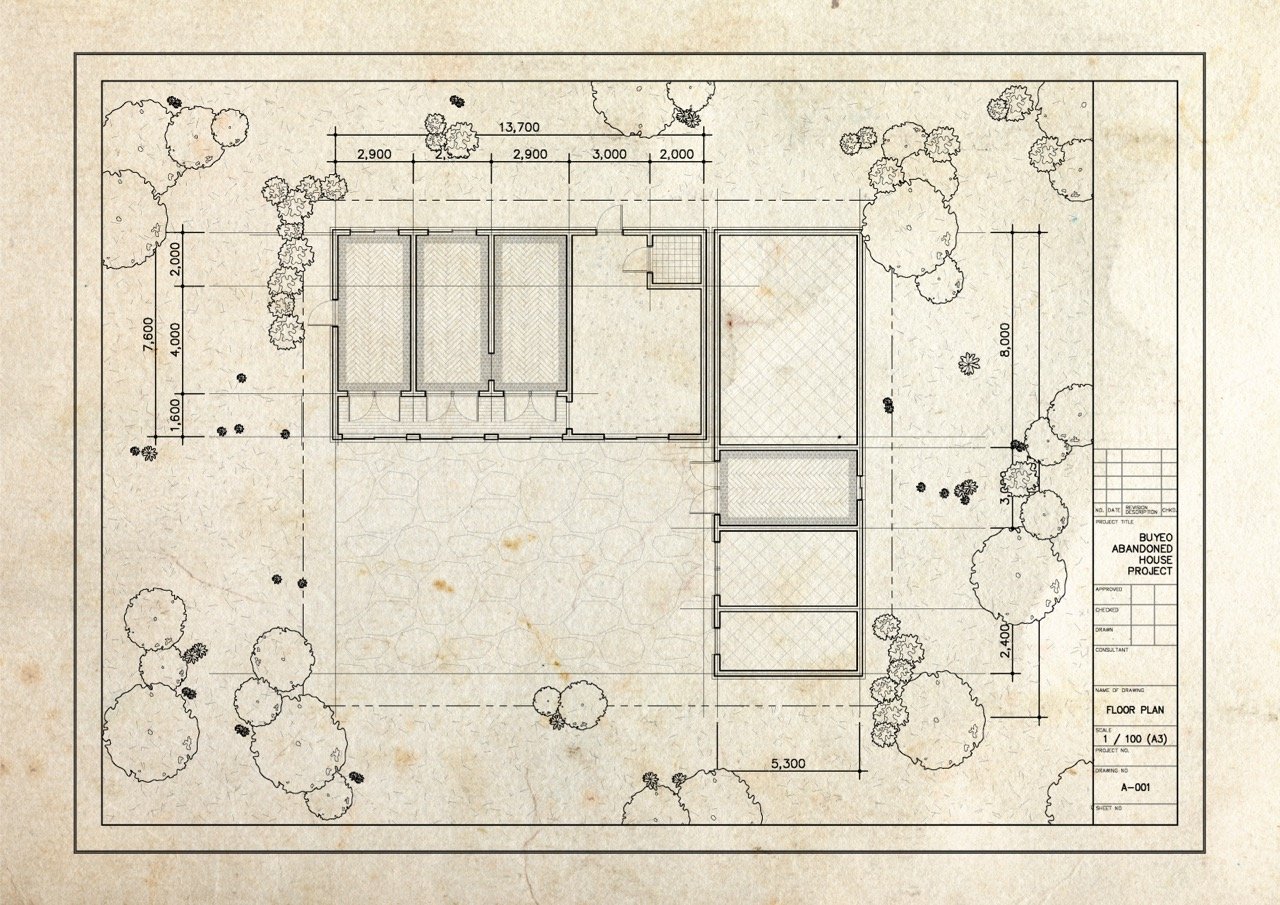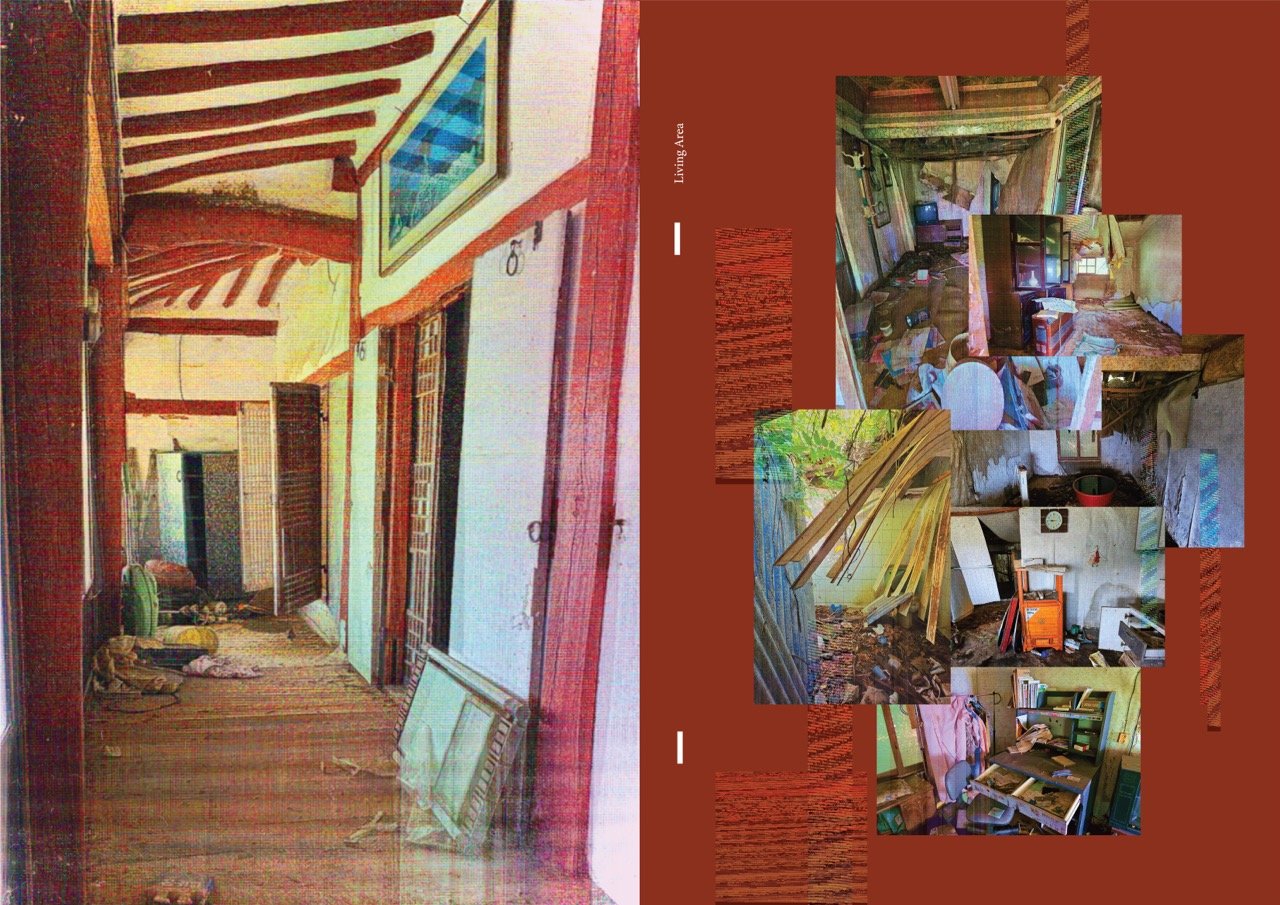
Documented by Ji Young Nam
Project Type
One-min documentary
Editorial Design
Book
Work Type
Personal Project
Time
Sep-Dec 2023
Role
Interview
Research
Video Editing
Designing
Tool
Illustrator
AutoCAD
Rhino
Capcut
Beginning of the story
This project began when I discovered a significant increase in abandoned houses in rural areas, particularly in Buyeo, where my father resides. I focused on a specific house and personally documented its current state through photographs and videos. Alongside these visual elements, I conducted interviews with three long-term local residents. Their stories, along with the house's remnants, helped me piece together its history for a booklet and a documentary video. The project evolved from a straightforward investigation into a more profound exploration of how this single house reflects the broader challenges and changes in rural communities.
Ch. 00 Prologue
Issues Closer than I thought
Among the empty houses I discovered in Buyeo,
I focused my interview on one particular house.
Number of Rural Abandoned Houses
in South Korea
Reason for the increase
in empty houses
(Ministry of Agriculture, Food and Rural Affairs, 2023)
By the end of 2022, there were about 66,024 empty homes, a 70% increase from 2018. Most of these homes became empty after the owners passed away and were left to their families. This issue hit close to home, as Buyeo itself struggles with many empty houses, mostly due to the aging population. This sparked my curiosity to explore these silent homes and their stories.
Ch. 01 Documentary
Film Process
I met Mr. Gwak Jung-ki, a long-time resident who recently bought an empty house. This house, empty for about 20 years after being inherited by nine grandchildren, was a typical case of rural homes left abandoned after the owner's passing. I had the opportunity to explore this house and included an interview with Mr. Gwak in the one-minute documentary video I produced.
Ch. 02 Editorial Design
Making the Story into a Book
I wanted to create a book featuring how the house came to look now and the story behind it. With the permission of the current owner, Mr. Gwak, I took photos of the building and the remaining items inside. I interviewed two lifelong residents of the town and collected their memories about the place. Resident A, a friend of Mrs. Nam's eldest grandson, has been living in this town for 80 years. He has shared with me vivid memories of the family who lived there and provided me with pictures of the family. Towner B has lived in this town for 74 years and remembers what the city was like in the old days.
The 130-year-old house in Buyeo, Korea, owned by three generations of the same family, was always open to villagers and neighborhood kids. Mrs. Sun Ok Nam, the most respected and eldest resident of the town, was a bridge between her family in the city and their countryside roots. After the grandmother's passing in 1998, the once lively town fell silent, and visits from her grandsons decreased each year.
I utilized software like Illustrator, QGIS, Rhino, and AutoCAD to accurately represent the house.
Ch. 03 Book Making
The Book Coming to Life
The pages are then printed and hand-stitched into a book.









Ch. 04 Epilogue
Reflection on Rural Society
Completing this project, I was struck by how the residents have come to accept the changes in their once-lived town. The town, which used to buzz with the energy of young families, is now silent. Through my interview with resident A, I learned how life used to be vibrant with community spirit. But now, as younger generations have moved to cities for better opportunities, this town has been neglected. Many essential services like medical facilities, education centers, banks, and convenience stores have been closed. This experience highlighted to me not just the nostalgic loss of a vibrant past but also how aging rural communities are slowly being isolated.
“I do understand why young people are leaving for the city, and they should because you need to see all the possibilities.”-Resident A: 80-year lifelong resident
“The young people who left, they no longer have a reason to come back.”-Mr. Gwak
"Listen, Do you hear anything? Nothing, right? It's because there are no children around."-Resident B: 74-year lifelong resident
It raises critical questions about rural depopulation and the fading connections to these once-bustling communities. The project underscores the need to address the challenges of rural areas, reflecting how to revive these quiet towns and reconnect the bonds that once held them together.






































